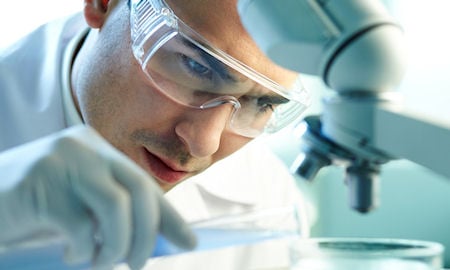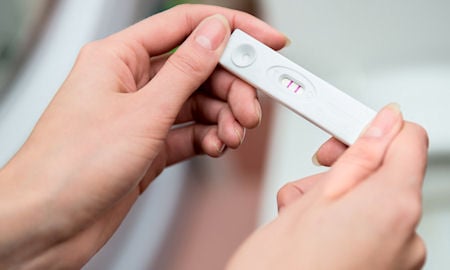
Minimal stimulation IVF-ET
The first IVF-ET baby, Louise Brown, was born in 1978 and was conceived without the benefit of any fertility drugs. In the years that followed her birth, the experience of most clinics was that the success of IVF-ET was improved by administering injectable fertility drugs (follicle-stimulating hormone and combination follicle-stimulating hormone with luteinizing hormone) to the woman. Thus, the use of injectable fertility drugs became routine in IVF-ET. Disadvantages of injectable drugs include that they substantially increase the cost of IVF-ET and increase the risk of ovarian hyperstimulation syndrome. Not only are the injectable drugs themselves expensive, but their use necessitates more office visits and testing in the days preceding oocyte retrieval and more work for the IVF-ET laboratory personnel after retrieval to care for the resultant increased number of oocytes. To give some chance of pregnancy to infertile couples who either simply cannot afford conventional IVF-ET with injectable drugs or the patients have decreased ovarian reserve that is not overcome by high doses of injectable, some clinics have continued to offer IVF-ET with decreased amounts of injectable drugs, which reduces the total costs of the procedure, as well as the success rate.
There are several slightly different ways in which IVF-ET can be performed with limited use or without the use of injectable gonadotropins. There are no universally agreed-upon definitions to describe minimal stimulation protocols for IVF. In general, these protocols either employ the relatively inexpensive oral fertility drugs such as clomiphene citrate (Serophene® or Clomid®) or letrozole (Femara ®) early in the cycle followed by either a low dose of injectable gonadotropins and an hCG trigger shot or just the hCG trigger shot alone. The theoretical advantages of this approach include lower cost, fewer injections, fewer days of monitoring, and less exposure to pharmacological gonadotropin medications for developing eggs and the developing endometrium (uterine lining). Although it is generally agreed upon that minimal stimulation protocols have a lower overall success rate than full stimulation protocols, there may be certain patient populations who may benefit from this approach: low responders who do not recruit many follicles even with full stimulation, high responders who are at a markedly increased risk of ovarian hyperstimulation syndrome, and patients who are not interested in embryo cryopreservation or who want to limit the number of eggs to be fertilized, for ethical or religious reasons.
Natural cycle IVF refers to protocols that do not employ any stimulation medications except perhaps the hCG trigger shot to prepare the egg(s) for retrieval. The basic techniques of oocyte retrieval, insemination, embryo culture, embryo transfer, possible progesterone supplementation after embryo transfer, and pregnancy testing after embryo transfer are very similar or identical to those used in conventional IVF-ET and are discussed elsewhere. Because patients undergoing minimal stimulation or natural cycle IVF-ET have only very few or one follicle(s), it may be possible to perform the oocyte retrieval procedure without the services of the anesthesiologist. Physicians can provide some medications for pain relief during the procedure, and most patients do well with this approach. Patients should discuss this matter with their physician before making a final decision.

